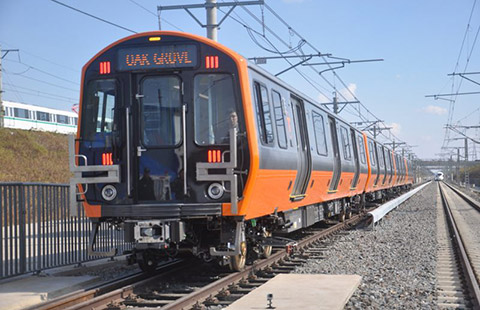World's highest plateau railway brings economic benefits
"An increasing number of tourists are visiting the plateau, especially in summer," a local guide named Yangdron said. "Visiting Lhasa by train has become a popular choice."
Yangdron was referring to the Qinghai-Tibet Railway, which connects Qinghai province and Lhasa, capital of Southwest China's Tibet autonomous region.
With a length of 1,956 km, of which nearly 1,000 km at an altitude of over 4,000 meters, the line is the world's highest and longest railway on plateau. Launched exactly seven years ago, the railway line has brought huge economic benefits to both Qinghai and Tibet.
Qinghai's GDP surged from 64.1 billion yuan ($10.4 billion) in 2006 to 188.5 billion yuan in 2012, while Tibet's GDP increased from 34.2 billion yuan to 70.1 billion yuan during the same period.
Government data indicates that the region received 10.58 million tourists last year, a sharp surge compared with 1.8 million in 2006. Over 297 million tons of cargo has been delivered via the railway over the past seven years.
The railway has not only benefited the local economy, but also aided the environment through the revenues it has yielded.
The railway traverses three national-level nature reserves, namely the Hoh Xil, Sanjiangyuan and Changtang reserves.
Wang Jinchang, a section manager with the engineering affairs department of the Qinghai-Tibet Railway Company, said that before the railway line was built, 33 underpasses had been designed to allow Tibetan antelopes and other wild animals to migrate through the area.
Wang said the company has spent 195 million yuan over the past seven years to improve the local ecology and protect wildlife.
Xiao Penghu, deputy chief of the Hoh Xil Nature Reserve Management Bureau, said the number of Tibetan antelopes in or near the reserve has increased from 50,000 to about 60,000.

























